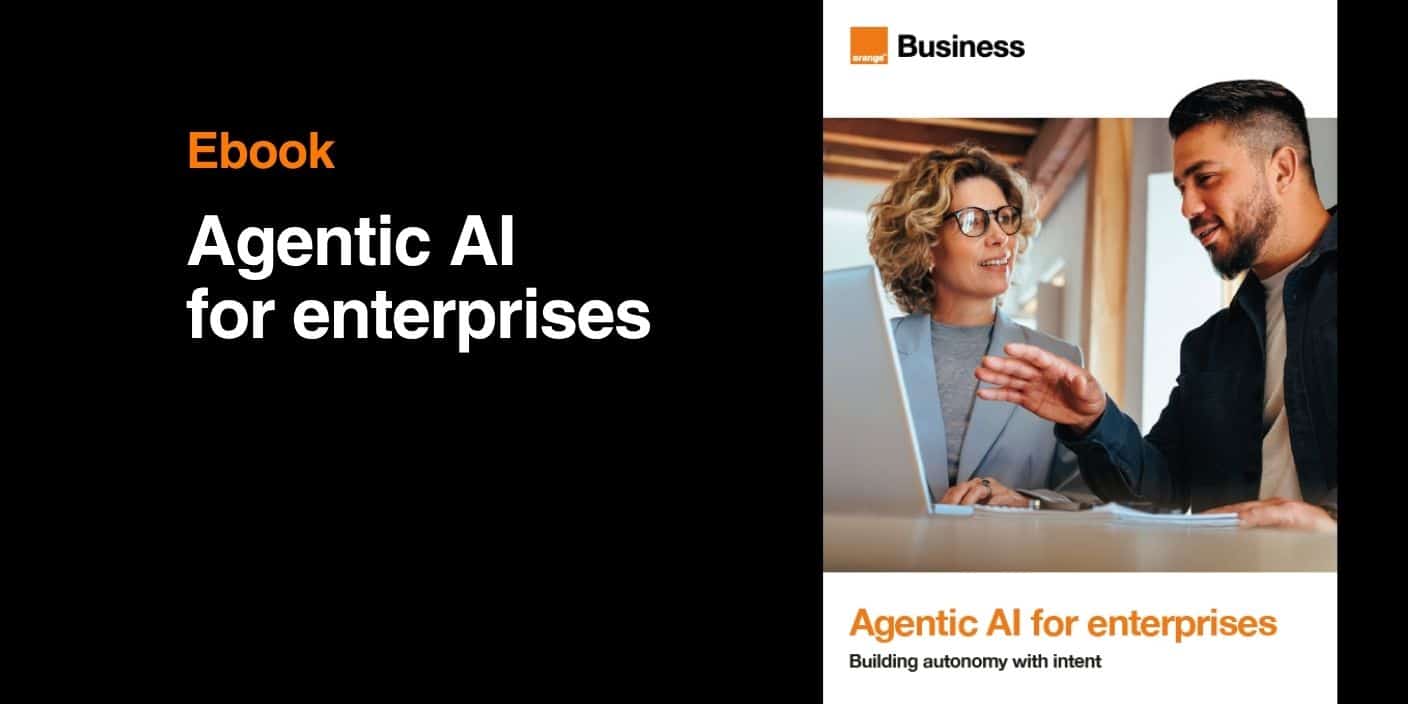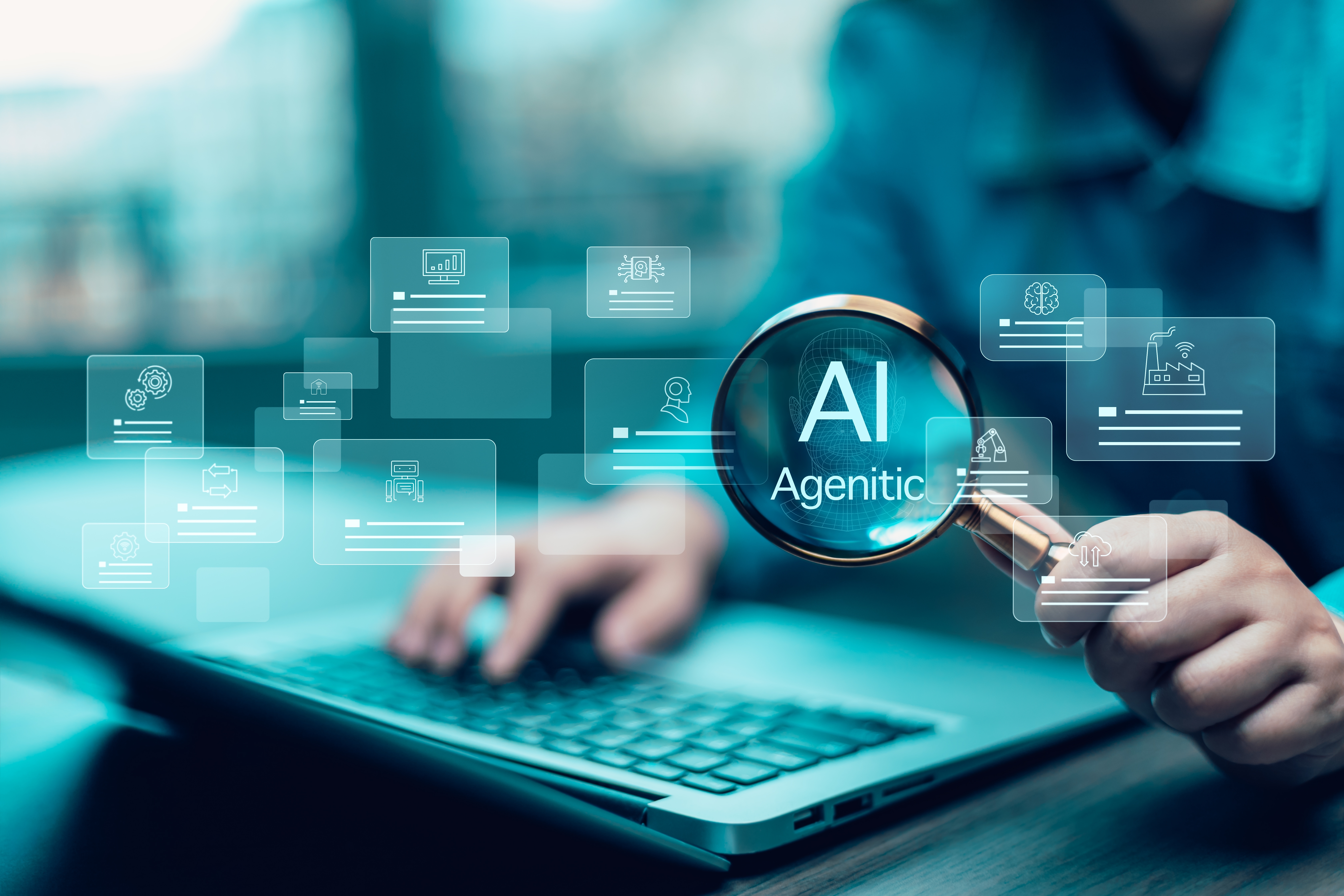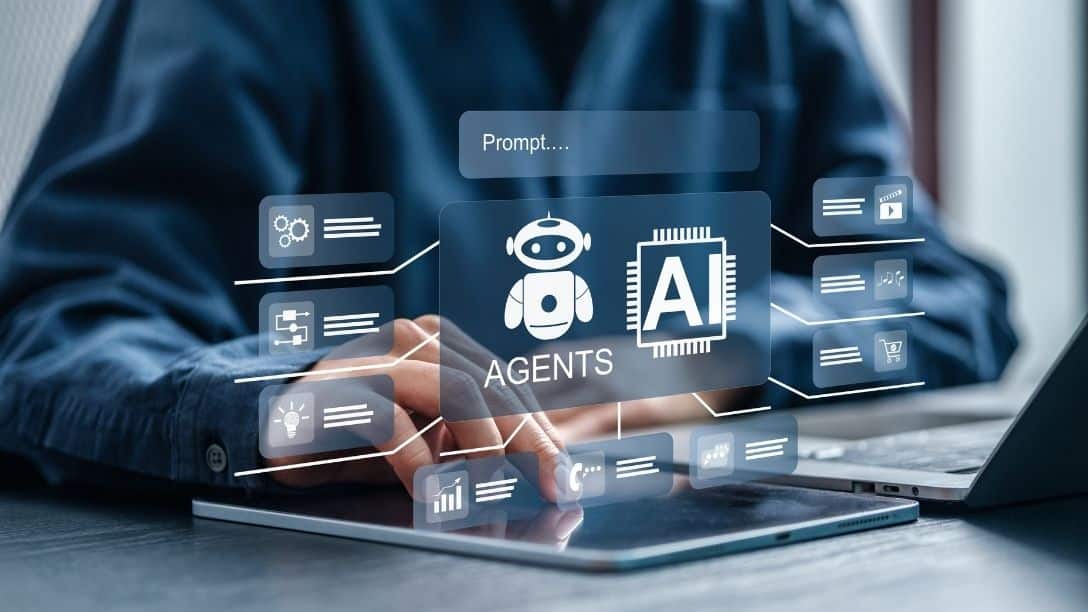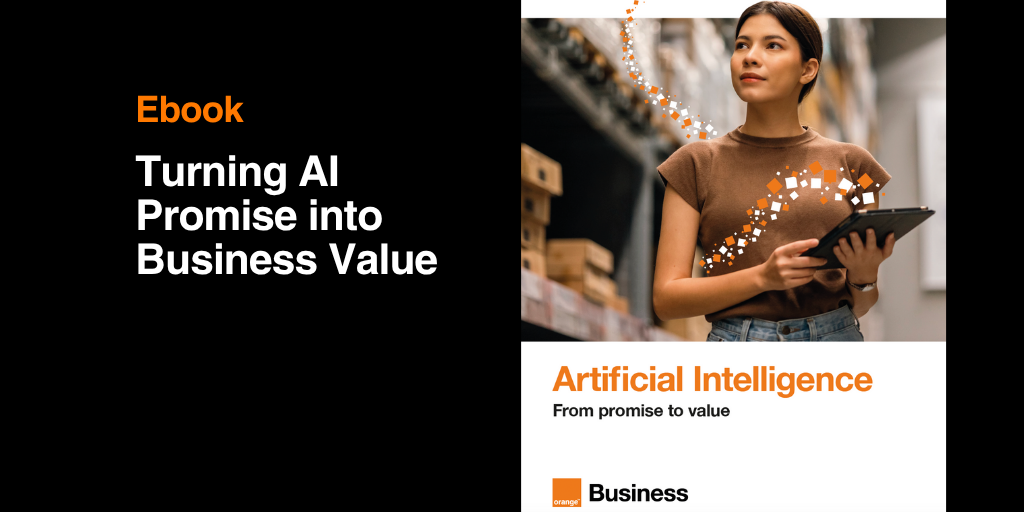ChatGPT and similar tools have acted as catalysts, bringing generative AI into the mainstream for the general public. But make no mistake, the greatest value of generative AI will be found within companies, by adapting these tools to their specific needs and knowledge base. To achieve this, a structured and iterative deployment is essential, one that maximizes value while allowing the necessary time for user adoption and process adaptation. In this article, we share methodology and best practices to help you define the roadmap for integrating generative AI into your business.

What are the core technologies behind generative AI?
See moreWhat roadmap for businesses?
According to a Gartner survey conducted in late April 2023, 70% of decision-makers believe that generative AI brings more benefits than risks. Yet despite this clear interest, only 19% of companies have launched initial initiatives.
History shows that with every technological wave, pioneers are the ones who capture the most value from innovation. Generative AI will be no exception, which is why companies must seize the opportunity quickly.
To help, we have defined a four-step roadmap to guide you in deploying generative AI within your organization.
The 4 steps to fast-track generative AI adoption
Step 1: raising awareness
The first step is all about understanding and projecting. Awareness and training should be carried out at different levels of the organization, starting with leadership, who will act as sponsors of these initiatives. Employees must also be informed and involved to help identify use cases that match real business needs.
Step 2: ideation
Awareness then leads naturally to the ideation phase, or AI Thinking. This second step is an opportunity to reflect on potential applications and define specific, relevant use cases. Ideation workshops can help employees project themselves into these new possibilities and identify use cases. They should bring together multidisciplinary profiles, from business teams to IT, as well as Data and AI experts.
Step 3: project execution
At the end of the ideation process, the company will have a list of qualified and prioritized use cases. It can then move into the project phase with the aim of quickly delivering tools that are ready for use. To avoid repeating the mistakes of earlier AI projects, these initiatives must be designed with industrialization in mind from the start. MLOps provides the framework and tools needed to achieve this.
From early prototypes to industrialized versions, projects should be rolled out iteratively. This approach delivers regular value while helping teams progressively build skills and adapt processes. We’ll return to this point in more detail later on.
Step 4: change management
AI projects have significant impacts on business processes and ways of working. Change management is therefore critical to ensure that the new tools provided to employees are not only accepted but also valued and used effectively.
Starting from a strong foundation
The great advantage of this new wave of generative AI is that it is built on foundation models. With them, there is no need to train complex models from scratch like those available to the public. Instead, organizations can build on these models and continue training them to “learn” the company’s specific context.
The power of ChatGPT, or more precisely GPT, the language model behind ChatGPT, is immediately accessible. There’s no need to teach it French, English, or any other language. Nor to teach it everything it already knows from the tens of billions of parameters it was trained on.
Foundation models are ready to use. They are available in the cloud, accessible via standardized APIs, or even deployable directly on your infrastructure. These mechanisms are what will drive their rapid adoption in business.
As history shows with every technological wave, pioneers are always the ones who extract the most value from innovation.
Iterative projects
Even in their generic form (like ChatGPT), foundation models—though unaware of your company’s specific language and context—can already bring value across many business functions. However, the use of public tools must be strictly avoided, particularly for reasons of data confidentiality and personal data protection. Yet, a Talan-IPSOS survey from May 2023 revealed that 68% of employees are already using them behind their employer’s back.
In this context, the first step is to provide employees with access to one of these foundation models, along with standard tools, in a secure company environment. For example, Microsoft offers GPT-4 deployment within an organization’s Azure environment. Open-source models can also be deployed on private clouds or internal infrastructure. This not only delivers immediate productivity gains but also fosters employee awareness and helps identify more advanced use cases.
In later stages of deployment, the model can be enriched with company-specific information. This should be done iteratively, use case by use case, supplying the necessary data for each new application.
Finally, to maximize the benefits, these advanced models should be integrated into everyday tools, processes, and the company’s information system interfaces.
Generative AI projects can therefore be carried out iteratively—with value created at every step.
Generative AI for business: full speed ahead!
Generative AI represents an incredible opportunity for all companies, provided it is deployed thoughtfully to create iterative value and support users at every stage.
To design these AIs and secure a competitive edge, businesses already hold the raw material they need: their corpus of documents, contracts, emails, meeting notes, audio and video recordings, and more. These unstructured data assets are still largely untapped. In fact, several studies show that more than 65% of them remain unused. And yet, it is precisely these data that generative AI can now unlock—turning a dormant asset into business value.
The possibilities are vast. The technologies are here. Pre-trained models already exist. And you have the data. The next step is to refine these models with your own information so they can be applied to your specific use cases. The stage is set, now it’s time to let imagination drive business value.















Comments (0)
Your email address is only used by Business & Decision, the controller, to process your request and to send any Business & Decision communication related to your request only. Learn more about managing your data and your rights.